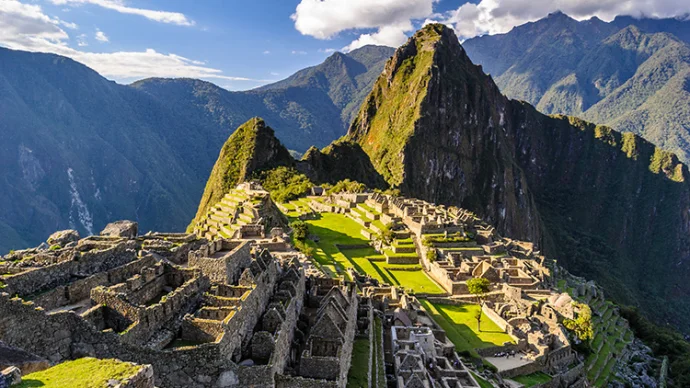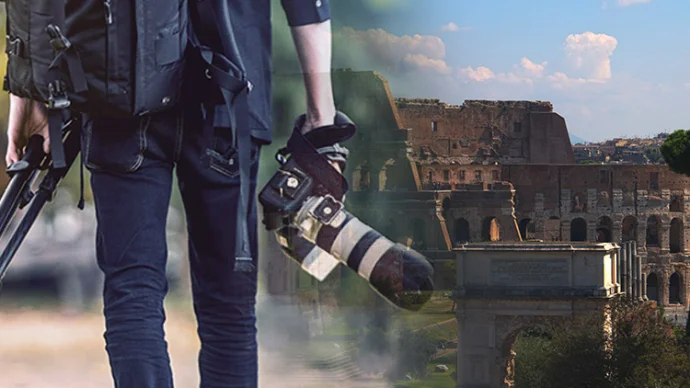
About Choquequirao
Choquequirao is a little known Incan city in the south of Peru which may well have served as the final stronghold of the Incan civilisation.
History of Choquequirao
Similar in design and architecture to the far better known Machu Picchu, Choquequirao is almost devoid of tourists due to its isolated position, which makes it far more atmospheric and worth the effort it takes to get there.
Built in the late 15th century by Incas, and expanded over the next century Choquequirao is believed to have served as an administrative hub for the region, as well as providing a local military centre. It’s believed to have been a kind of ‘check point’ or entrance to the Vilcabamba, and was a vital link between Cusco and the Amazon jungle.
The 16th century saw the Incan Empire consumed by civil war, which was then exploited by the Conquistadors when they arrived in the region in the early 1530s. Choquequirao was used as a refuge by the Inca following the destruction of Cusco. It was never discovered – or at least never written about – by the Spanish following their defeat of Incan forces in 1572.
18th century explorers ‘rediscovered’ the city, but only a few made the arduous journey to get there in the 19th century. The renowned explorer Hiram Bingham visited in the early 20th century, tempted by the fact that in Quechua, Choquequirao means ‘cradle of gold’, but discovered no treasure. He decided it was simply a frontier fortress rather than full of lost Inca treasure.
Choquequirao today
Choquequirao remains remote and hard to access, which is part of its charm. The Peruvian government has approved initial plans to add in a tramway which will make the site infinitely more accessible, and allow up to 3000 tourists a day.
The site lies in the Vilcabamba mountains, on a truncated hill top – it’s about 3000m above sea level, so expect to feel light-headed on your way up. It’s spread over 700m, and rises 65m within the site itself. The site has multiple terraces and plazas, and takes time to explore fully.
The grand ceremonial centre was the heart of the city, reserved for the elites – access was through a single doorway which was tightly controlled. As with other sites, it was centred around the solstices. Stone channels would have carried ceremonial water to other places across the site.
Most visitors choose to access Choquequirao via guided hike – having someone to explain the site to you is hugely useful as there’s no interpretation there. High in the cloud forest, it’s not a trip for the faint-hearted, but those who do make it will be richly rewarded.
Getting to Choquequirao
Choquequirao is only accessible via a physically challenging 2 day hike each way. Starting points tend to be Huanipaca or San Pedro de Cachora, which offer 15km and 31km routes respectively. Both are about a 4 hour drive from Cusco. Once you reach Choquequirao, you can head on to Macchu Picchu, which takes about another week to reach.
The altitude, combined with steep terrain, mean you should take an honest look at your physical fitness before embarking. A variety of guided tours are offered, and you’ll find plenty of operators offering their services in Cusco – some do choose to make the trek alone but this isn’t advised.
Featured In

Peru Historic Sites
From the heights of Machu Picchu to the immense reaches of the Nazca Lines and more, here is our ultimate guide to the top Peruvian cultural locations, landmarks and monuments.

Incredible Ancient Ruins for Historic Photography
Looking for inspiration for your next photo project? Explore some of the most breathtaking and photogenic ancient ruins with this list.

10 Peru Sites to Visit
From the world-renowned Machu Picchu to lesser-known gems, here are 10 unmissable historical attractions in Peru.



















